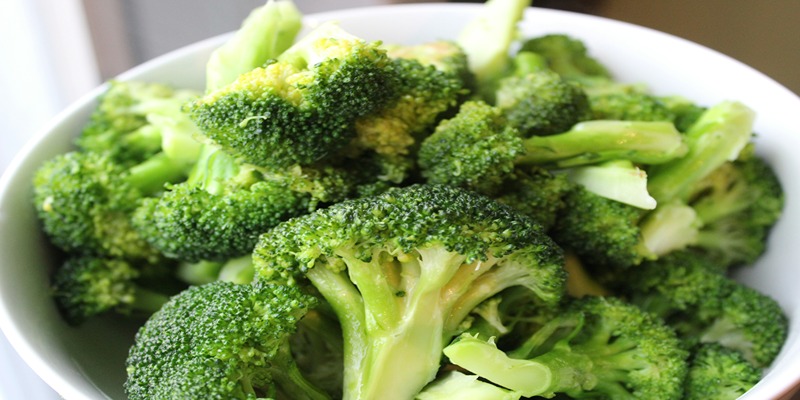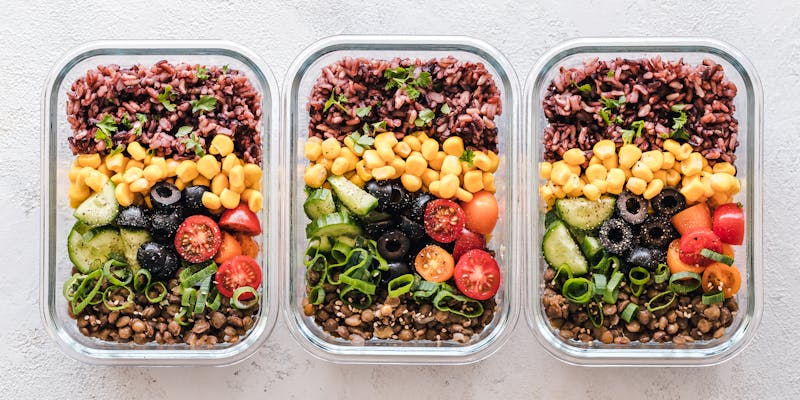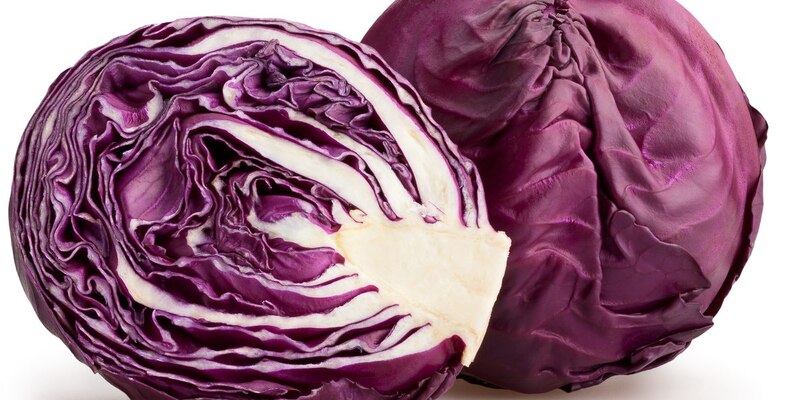Broccoli, a cruciferous vegetable, is an outstanding representative of the tremendous spectrum of health benefits, which is the reason why it is widely used in healthy diets. It is plentiful in vitamin C and K, fiber, and antioxidants, and thus has the nutrients needed to promote good health. These nutrients support the digestive system, strengthen the immune system, and reduce the inflammation. Nevertheless, the cooking method of broccoli has a significant impact on the maintenance of the benefits it offers. Over-cooking can heavily reduce the nutritional value of the food, by causing the loss of vitamins and minerals. Knowing how the different cooking ways affect broccoli is imperative in order to ensure that this healthy vegetable keeps its vital nutrients when it reaches our table.

Broccoli Nutrient Loss: Understanding the Science
Key Nutrients in Broccoli and Their Health Benefits
Broccoli is a nutritional powerhouse, containing vitamin C, which has a great influence on the immune system and the skin health, as well as vitamin K, without which it is impossible to experience blood clotting and bone health. It is also a source of a high fiber level, which promotes digestive health, as well as sulforaphane which is an antioxidant that is renowned for its cancer-fighting properties. For example, minerals of calcium and potassium found in broccoli produce strong bones and healthy blood pressure.
How Overcooking Affects These Nutrients
When broccoli is overcooked, which is its tendency, there is a high chance of loss of nutrients. Water soluble vitamins which are found in vitamin C are usually the first to be lost due to boiling. They tend to leach into cooking water. It is also a fact that prolonged exposure to hot water and heat degrades heat sensitive compounds like water soluble sulforaphane. Along with the sheer loss of these nutrients by overcooking, the bioavailability can also be displaced thus making them less likely to be absorbed by the body. The chest should be utilized in order to keep the nutritious foods at its best, which include shorter cooking time and preparation methods that are not destructive for the nutrients such as steaming and stir-frying. It is necessary to adequately develop the relationship between the cooking process and the nutrients conservation for achieving the maximum health effects of broccoli.
Overcooking Effects: Beyond Nutrient Loss
Impact on Texture and Flavor
Broccoli that is overcooked becomes mushy and soft, losing the crispness, which may result in a texture that is not very desirable. Prolonged exposure to the heat damages the cell walls thus making the vegetable lose its shape and turn into a limp. This texture modification can make the broccoli less delicious to eat or even horrible to eat, finally, undermining the overall dinner experience.
The Role of Overcooking in Reducing Food Appeal
Overcooking might not just be texture, but even change the taste of the broccoli. The vegetable could be developing a bitter flavor as the compounds usually responsible for the taste becomes less in amounts once the crop is subjected to high temperature. It is a very undesirable taste that could actually cancel off the natural sweetness of broccoli being the unpleasant flavor. In this situation, overcooked broccoli may not hold any nutritional value and also lack the power to attract the taste buds, thus making it less desirable and less likely to be consumed. Thus, reaching to the degree of perfection in cooking broccoli is not only key for protecting its nutritional value but also for enjoying its flavor and, in doing so, keeps the moment of eating broccoli pleasurable and a regular part of our diet.
Optimal Cooking Methods for Preserving Nutrients in Vegetables
Comparing Different Cooking Techniques
Cooking methods other than steaming or boiling, can alter the nutrient content of broccoli, although lightly cooking can also preserve vital nutrients. Steaming for example is known as one of the best methods for preserving nutrients as it lets the veggies be exposed to heat and steam vapor without drowning them in water so the nutrients do not leach. The other techniques, like stir-frying and sauting, also help in this scenario as they are characterized by quick cooking time at high heat which helps in preserving the nutrients while improving the taste and texture. However, boiling and microwaving can sometimes bring about more nutrient loss than steaming because prolonged heat exposure and water can affect the nutrients.

Best Practices for Cooking Broccoli
The following is a list of the optimal measures which should be taken when cooking broccoli to maintain its nutritional value: Try to keep the cooking times as short as possible and avoid overcooking your food. Choose low heat cooking, for example, steaming or stir-frying, which cooks broccoli gently, preserving its natural texture and flavor. Besides, avoid water runoff while cooking as excess water will be lost together with nutrients. You can give boiled broccoli water to sauces and soups to recover any nutrients that were lost during the cooking process. Lastly, consider that most of the nutrients are present in the stalks and the outer layers; therefore, resist peeling the broccoli. With the help of doing this, you are able to provide your broccoli with the ability to remain nutritious as possible while still being tasty.
Tips for Cooking Vegetables Without Losing Nutrients
Nutrient-retaining cooking times and temperatures are the factor of preeminence in boiling. Above the temperature, some of the nutrients will be destroyed, therefore, select cooking methods which do not expose the food to excessive heat and humidity. Steam vegetables to a point where they are just tender, to shorten the cooking time which is not essential to process that degrades delicate vitamins and antioxidants. Additionally, take into account blanching of the veggies briefly before putting them in the oven to have both their taste and nutrients at the same time.
Conclusion
It is a must for you to learn how to cook vegetables, like broccoli, in order to keep their nutritional worth alive and for you to be able to have a more tasty meal. Through knowing the effects of cooking techniques on nutrient retention and applying the best practices such as the timing and temperature, we can be sure that our foods are not only the finest but also deep in essential vitamins, minerals and antioxidants. We can ensure our health by simply adopting these tips into our everyday cooking routines, and still get the thrill of eating the vegetables while enjoying their natural tastes and textures.







